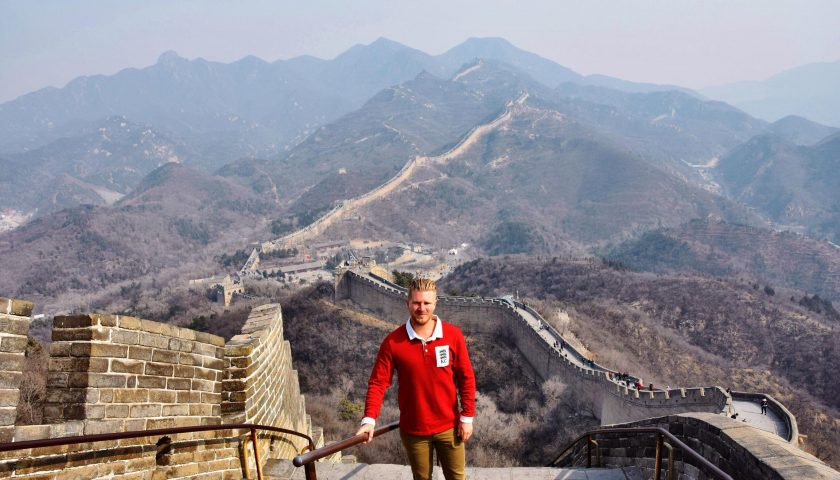Join P&O Cruises Port Presenter Sam Whiteside as he shares the fourth instalment of his Arcadia world cruise diary.
On Thursday 19thApril 2018, Arcadia arrived back in Southampton after her 99 Day Western Circumnavigation of the world. In total the ship covered 33,940 nautical miles, visiting 30 ports in 22 countries and transiting 2 of the world’s largest canal systems. It was the journey and experience of a lifetime and I am so thankful that I was able to be a part of it. I know many people have been following my diary here, which so far has covered the first half of the journey up to Australia and I last left you with 6 sea days to Manila ahead. Now that I am home after this amazing voyage, I hope you will enjoy the final chapters of my world cruise diary.
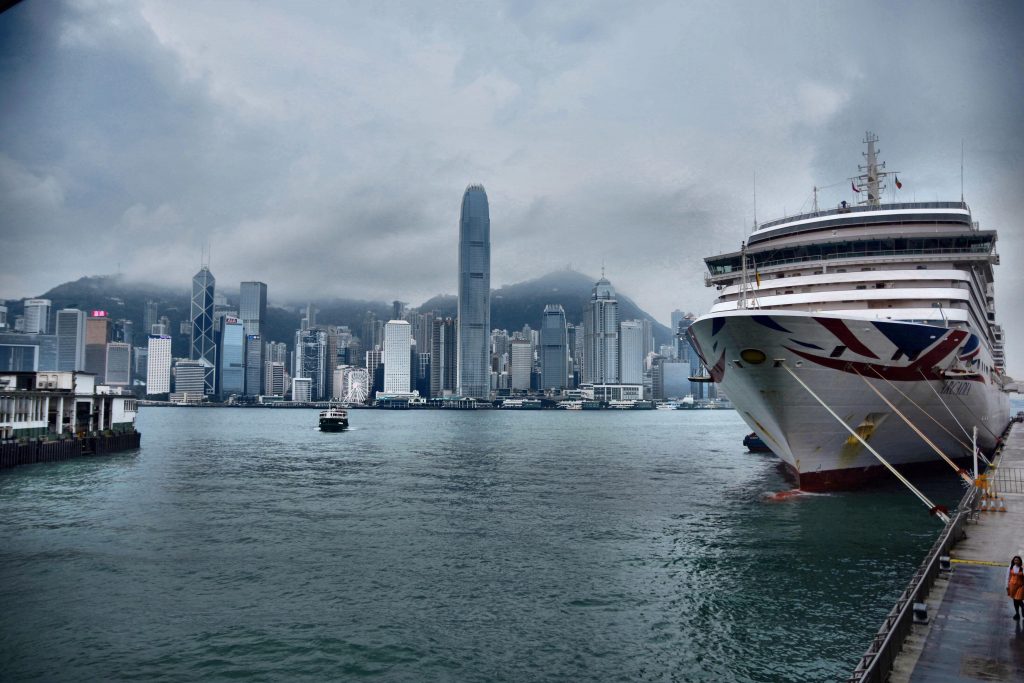
Wednesday 7thMarch 2018 – Manila, Philippines
It was a long journey from Australia to The Philippines and one that took us round Cape York in Northern Queensland and another challenge against Neptune in our second Crossing the Line Ceremony. Sea days are very relaxing and the weather was glorious as we passed by the islands of Papua New Guinea and Indonesia, before arriving into Manila to great fanfare. As many people are aware, the vast majority of crew on cruise ships, namely cabin stewards, waiters and waitresses and bar stewards, hail from parts of Asia, with a large proportion being Filipino.
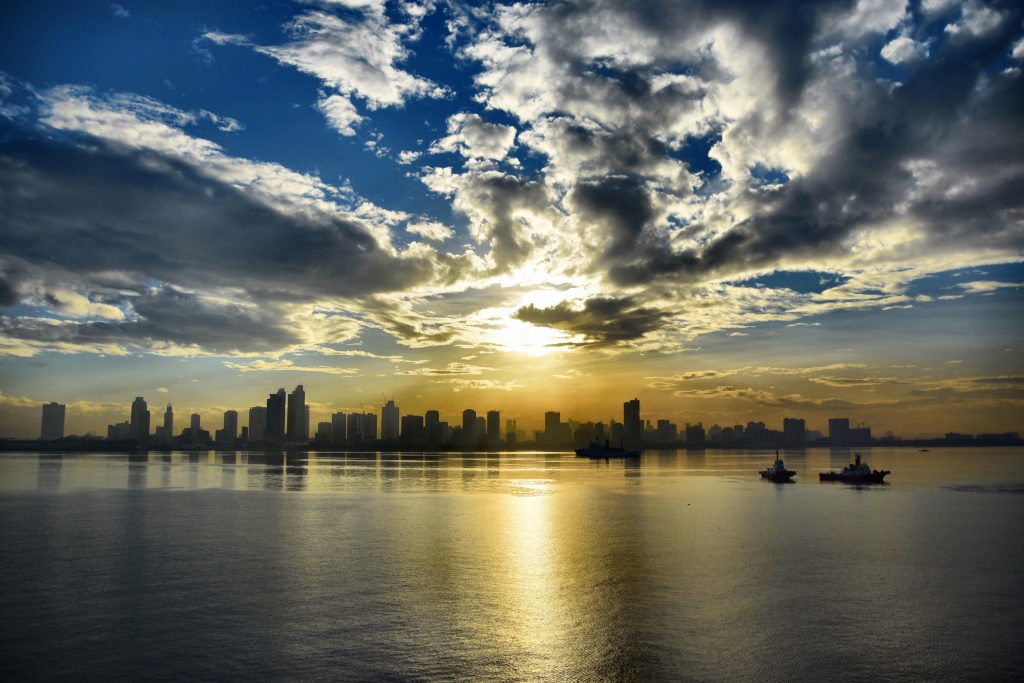
I ventured up onto the crew deck of Arcadia at the forward end of the ship to watch the sunrise over the skyline of Manila and stood with many excited crew members who were eager to get off to see their family and friends, some whom had travelled from other parts of the country to see them for a few fleeting hours, having not been able to see them for 9 months in some cases. The welcome we received was typical of Manila I was told by one excited crew member, with a dance troupe and band on the quayside and big welcome banners for us; it was very colourful and heart-warming to see, with lots of crew up on the decks early along with our guests.
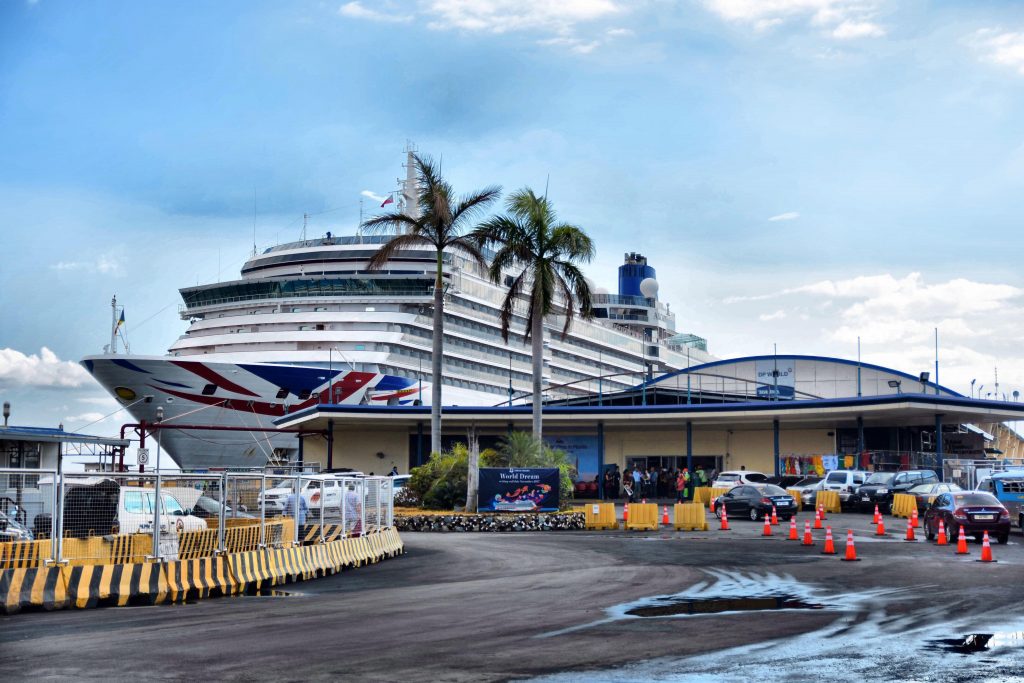
Once all the arrival formalities were sorted I was excited to get ashore on tour to see Old Manila, as this is what I was keen to view having researched the history of the city for my Port Presentation. A few people who had visited Manila before had told me not to expect much, that the city was crowded, had very bad traffic and was run down. However, when reading up on the city, I was fascinated with the colonial history and really intrigued by Intramuros, the old walled Spanish quarter and historical heart of Metro Manila. Luckily we have a tour called the Charms of Old Manila which covered the historic centre and would give me an orientation so that I could do a little bit of independent exploration later on in the day.
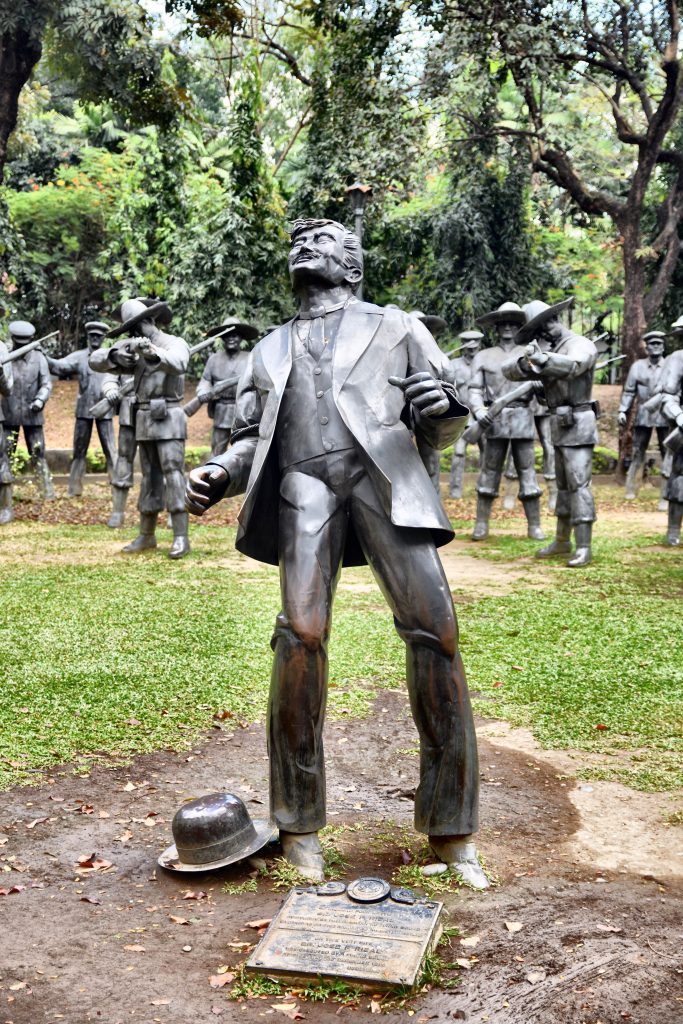
The area of Intramuros was established by the Spanish in 1571, under the leadership of the conquistador Miguel López de Legazpi. The victorious Spaniards made Manila, the capital of the Spanish East Indies and of the Philippines, which their empire would control for the next three centuries. The city was bombed and occupied by Japan during the Second World War and this period changed the area drastically. Manila became the second most devastated city in the world after Warsaw during the Second World War, and only two buildings survived continuous bombing attacks.
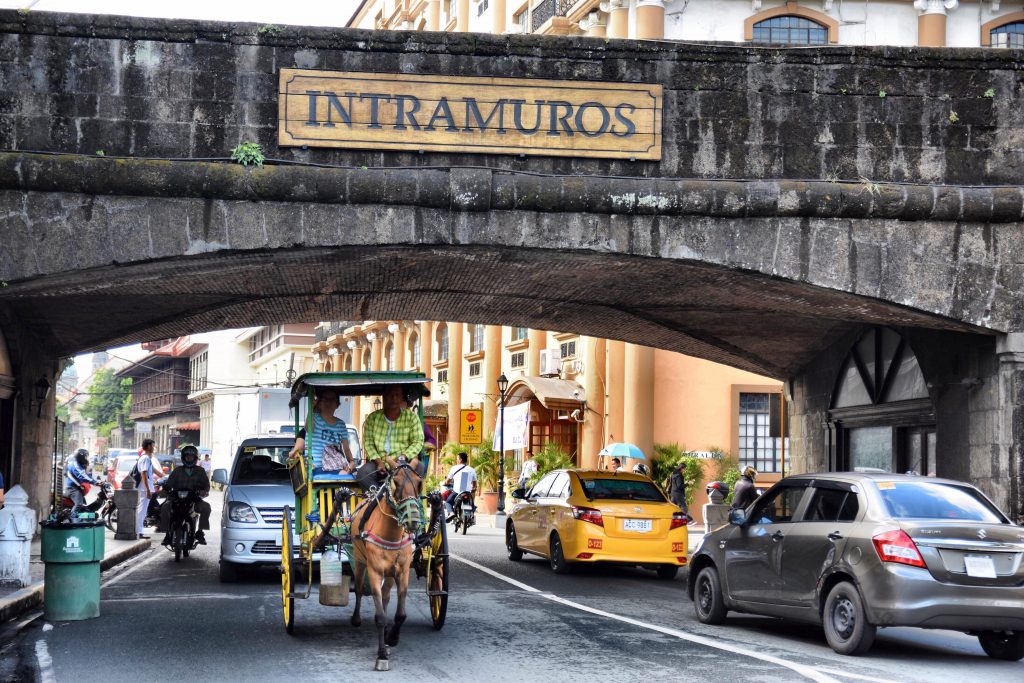
We ventured in by coach to Intramuros and our guide Ronaldo was very friendly and very lively, being an experienced tour guide both within Manila and overseas. Our first stop was at the San Agustin Church, one of four Philippine churches built during the Spanish Colonial period to be designated a world heritage site by UNESCO. The current church dates from 1586 and was one of the two buildings that survived the Japanese bombings in the 1940s. The church now houses a small museum collection upstairs in a very atmospheric setting, with long corridors around the central cloister filled with artifacts dating to the early Chinese Qin dynasty among the collections.
After visiting the church we headed into Rizal Park, the site of major events in Philippine history, including the execution of national hero Jose Rizal on 30thDecember 1896 leading to the Philippine Revolution against Spain. The Rizal Monument and the Rizal Martyrdom Place were our main stops and a poignant look at the early struggles for Filipinos to gain their independence. The Rizal Monument is a small obelisk next to the large Independence Flagpole of the Philippines, and inside the stone base are found the remains of Jose Rizal. He is guarded continuously by the Philippine Marine Corps’ Marine Security and Escort Group, the changing of the guard having become a daily ritual.
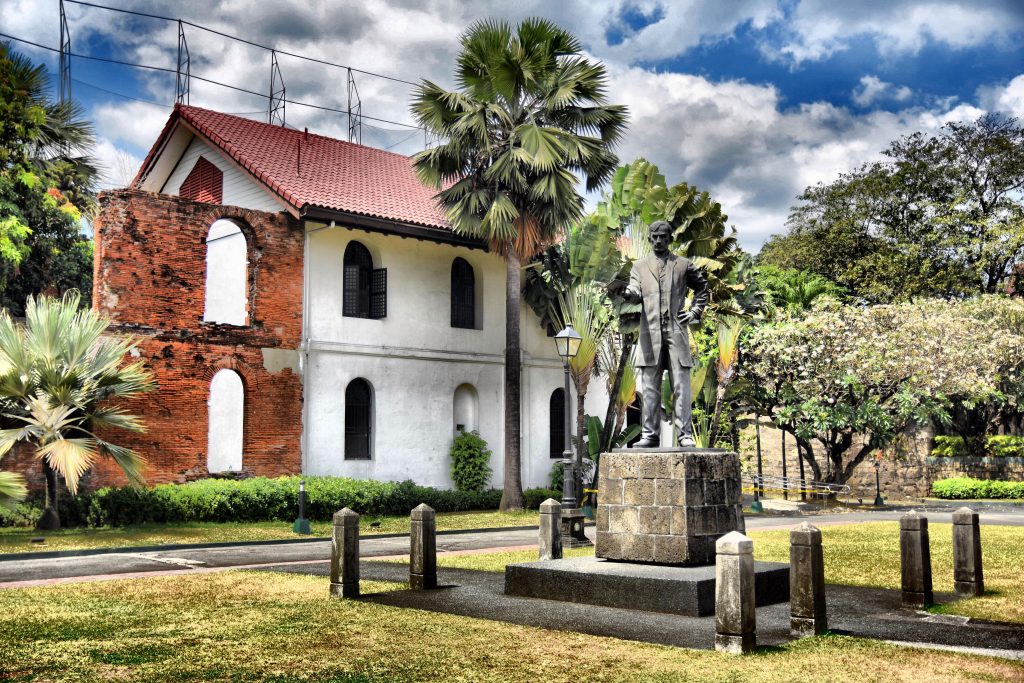
The last major historical stop on our half day tour was to Fort Santiago, back in Intramuros, and another location connected to Jose Rizal. The fort has been an important monument for Filipinos as the location where Rizal was imprisoned before his execution. It was also a prison of war camp during the Japanese occupation of Manila during the Second World War. The fort has been restored over the years to allow visitors to fully appreciate the surroundings of a place that witnessed the changing of history in Manila from its early foundations to the modern day. Finally before the tour concluded, we were treated to brief photo stop at the famous Manila Hotel, a location akin to Raffles in Singapore, or Reid’s in Madeira, as a prestigious retreat for the rich and famous.
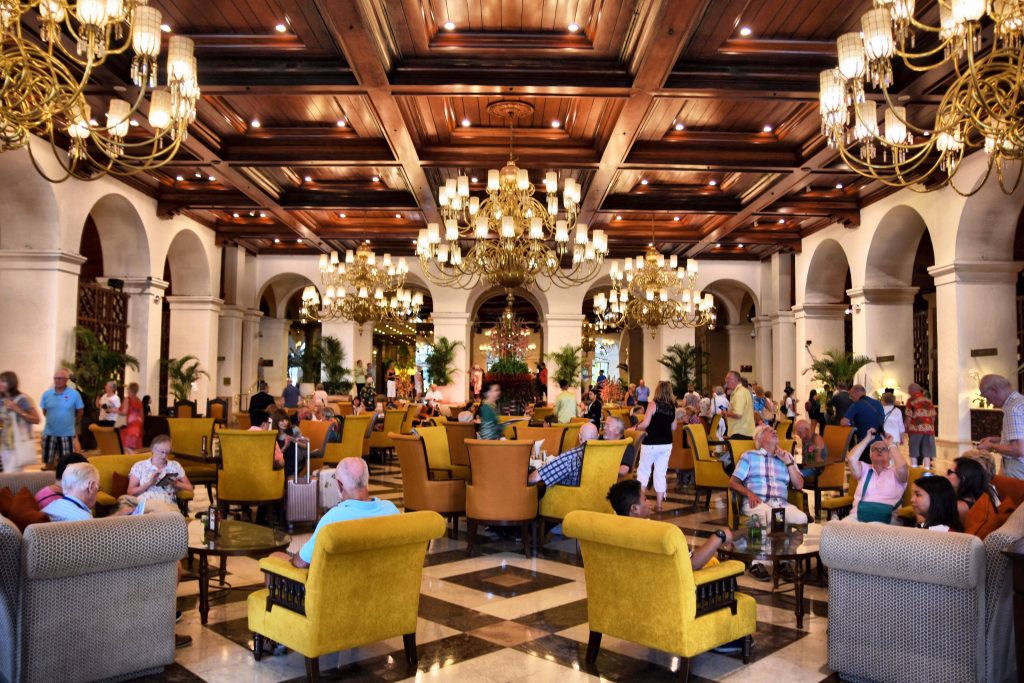
I was keen to see more of Rizal Park, as around its edges are located many leisure attractions. At this point in the day the weather had turned slightly and from a beautiful sunny, but very humid morning, I was treated to a brief 30 minute deluge of tropical liquid sunshine. But this did not deter me and I was pleasantly surprised by the Chinese Garden, with little water ponds crisscrossed by bridges and a little taste of what was surely to come when we arrived in China in a couple of days. The Japanese Garden was a little underwhelming in comparison, but was well laid out and both gardens were accessible which was nice if people had wheelchairs and wanted to explore them. I then headed over to the Sentinal of Freedom, which is a large statue of Lapu-Lapu (fl. 1521), who was a ruler of Mactan in Visayas, another part of the Philippines. I popped into the National Museum of Anthropology very briefly as I did not have much time before we were due to set sail.
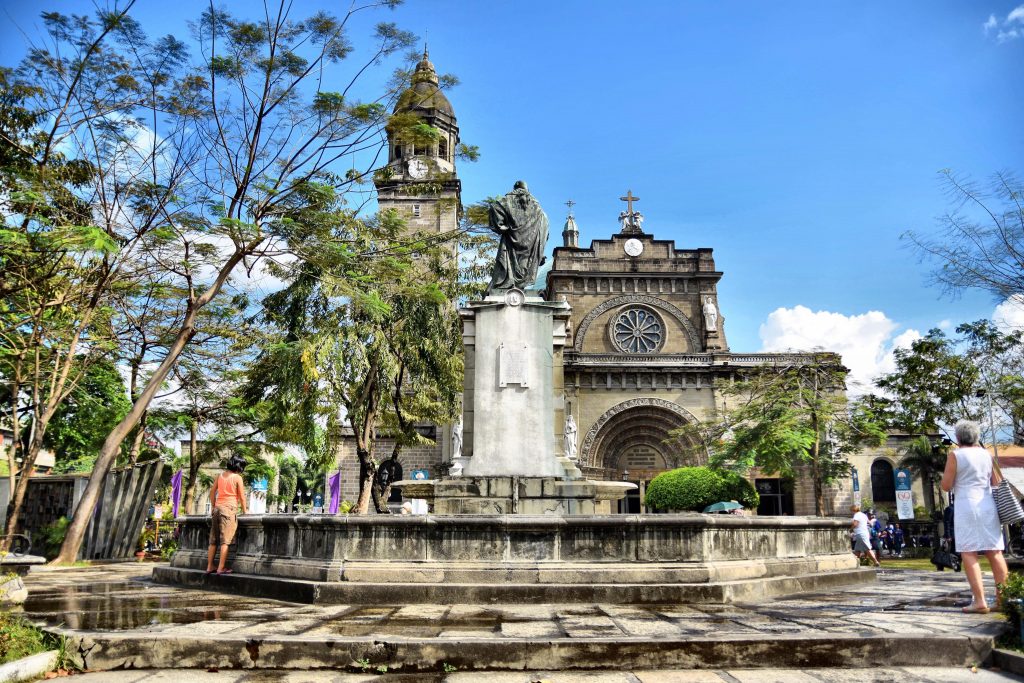
My final stop as I rushed around on my own was Manila Cathedral back in the heart of Intramuros. The cathedral was damaged and destroyed several times since the original structure was built in 1581, while the eighth and current incarnation was completed in 1958. From here I thought it would be fun to take a traditional form of transport back to the ship in the form of a pedicab. My pedicab driver was hilarious as he rode against the traffic constantly shouting out that he was driving a Lamborghini or Ferrari and got me safely back to the entrance to the port. My day in Manila was complete and despite it being short and having to cram so much into it, I really felt I got a sense of the history that lives in Manila and would really cherish an opportunity to come again for a longer visit, so that I could also explore more of The Philippines.
Chinese Overland Tour
For those people that were wondering about world cruises and some of the benefits of them, I was very fortunate to undertake an overland excursion as part of the journey. This is like a holiday within your cruise, as you leave the ship for a few days and venture inland to visit sites and attractions that you would not be able to get to from a port area. As these normally take a few days and travel by train, plane or automobile, you will rejoin the ship at a later date in a new port. For my first overland experience, I was privileged to escort the P&O Cruises Overland to Shanghai to visit the Terracotta Warriors in Xi’an and also the capital of China Beijing, for explorations of the city and also the Great Wall of China. Here is my overland diary for those people intrigued about how it all works.
Day 1 – Saturday 10thMarch – Shanghai
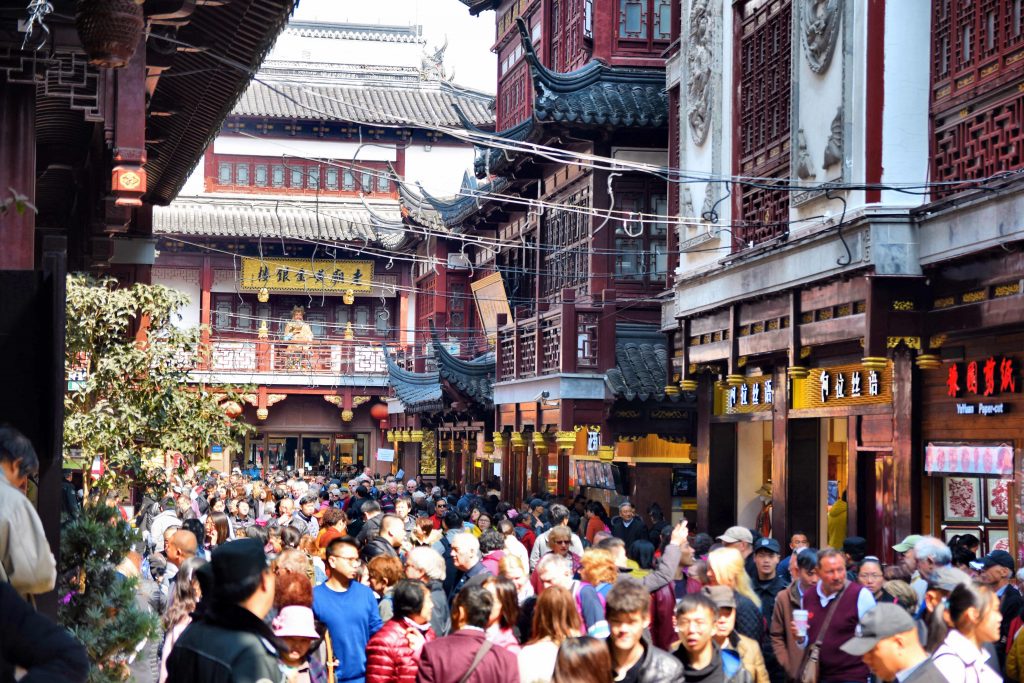
We met as a group on board Arcadia and once ready, we headed off for the immigration formalities in the terminal and to meet our escort. The escort for the entire trip, Louis, met the group and he was excellent from start to finish. He was a lovely guy and very approachable and well educated and versed for a young guide. The first stop was the Old Town of Shanghai and Yu Gardens. The Old Town has been preserved very well and in fact is like a covered shopping precinct within all the old buildings. It was totally surreal to be in this ancient world surrounded on the outside by skyscrapers and tenement blocks.
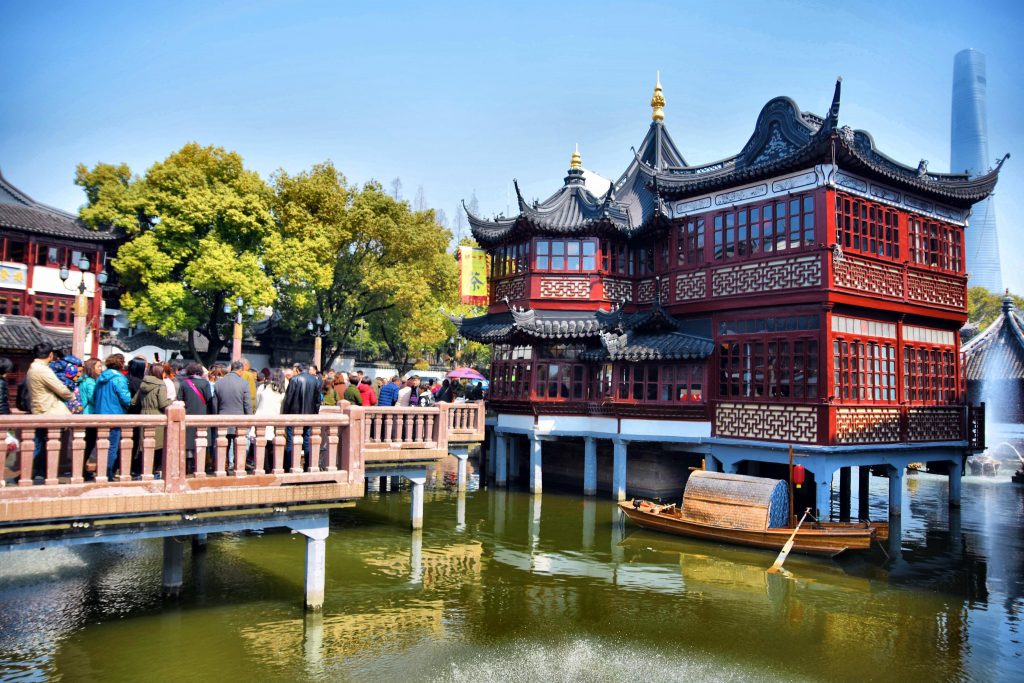
The Yu Garden was the major attraction of the old part of Shanghai. The garden was the largest and most prestigious of its era in Shanghai, and you can see why so many people want to visit it. A network of pathways leads through various wooden pagodas out to water garden sections, with massive koi carp swimming around as you cross little wooden and concrete walkways to additional sections. A centerpiece is the Exquisite Jade Rock, a porous 3.3-m, 5-ton boulder that sits on its own in the heart of the garden.
After this stop we headed off to the lunch venue at the National Theatre. The lunch was on an upper floor with lovely views of People’s Square and the Shanghai Museum and skyline. Lunch was served on large tables with a central revolving surface, allowing people to help themselves to various Chinese dishes, which was quite funny to watch as people angled for their personal preference and had to swing the table back round to hungry companions. These dishes were a mixture of vegetarian and meat based and very traditional Mandarin style, and a great first opportunity to try out the skills with chopsticks, something I had attempted to do the year previously in Hong Kong and had wanted to try again. I was surprised that I actually had kept the ability to do it sufficiently without pushing my food around the plate, although I did drop items a few times!
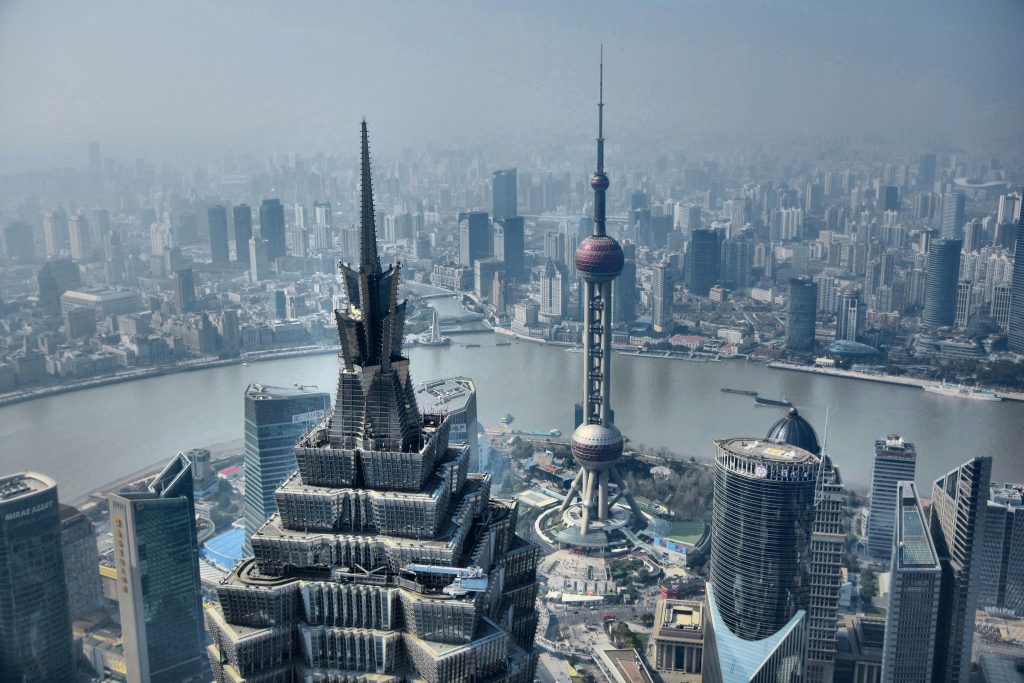
After lunch the tour continued to the Shanghai Financial Tower in Pudong and went up to the 94thfloor viewing deck. This is for great photos of the skyline of Shanghai, with the skyscraper topping out at 492 metres (1,614.2 ft), making it the 9th tallest building in the world and the fourth tallest structure in Mainland China. After the visit of the tower observation deck, we made our way to the airport, which was a real treat as to get there we utilized the world’s fastest commercial high speed electric train, reaching a peak speed of 431 km/h (268 mph), which means it can do the distance to Pudong International Airport of 30km (18.4 miles) in 7 minutes and 20 seconds.
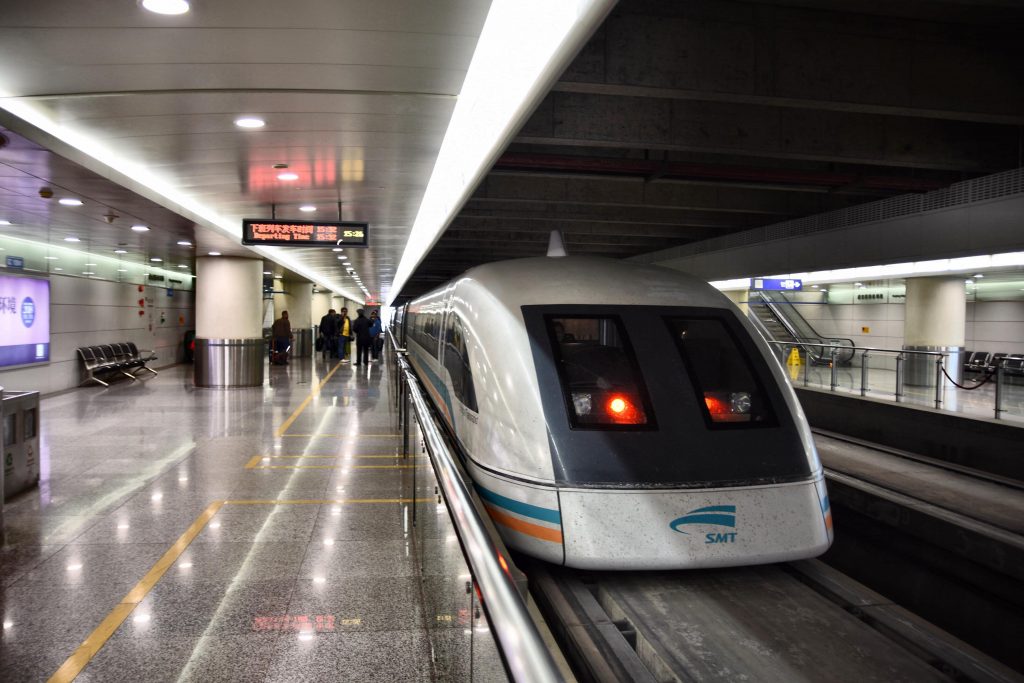
The flight to Xi’an was smooth and Louis was great in getting us through the airports at both ends where we were met by our local guide Susan and taken to the hotel, Sheraton North City, where dinner was available in the lobby restaurant. This was a wonderful selection of traditional food and I tucked into great Chinese vegetables and some seafood dim sum, my favourite in this part of the world. One of the main things I had to get my head around was the fact that even though Wi-Fi was available in hotel rooms and public areas, in China many internet sites are not available, including anything Google powered and lots of social media platforms e.g. Whatsapp, Facebook, Instagram etc. This meant that sadly I could not update family and friends with the exploits of my day or show them my photographs. So instead I got to bed early for a good night sleep in preparation for the first major highlight of the trip and the reason for making our way inland to Xi’an.
Day 2 – Sunday 11thMarch – Xi’an and the Terracotta Warriors
An early start to factor in a packed itinerary was a good idea, as ultimately we all wanted to see as much as possible with our short time in Xi’an. We first went to the Xi’an City Wall for a short stop and to admire and walk on the ramparts. The walls around the old city represent one of the oldest, largest and best preserved fortifications in China, built originally in the 14thcentury and refurbished many times since. The wall itself is 12 metres high and we had to climb around 76 steps to get onto the wall proper, which is as wide as a motorway, around 12-14 metres in most parts, able to have full military parades in days gone by. The ramparts on top are hugely impressive and dominate the skyline of Xi’an, positioned every 120 metres along the walls length, with 4 main watchtowers in the corners.
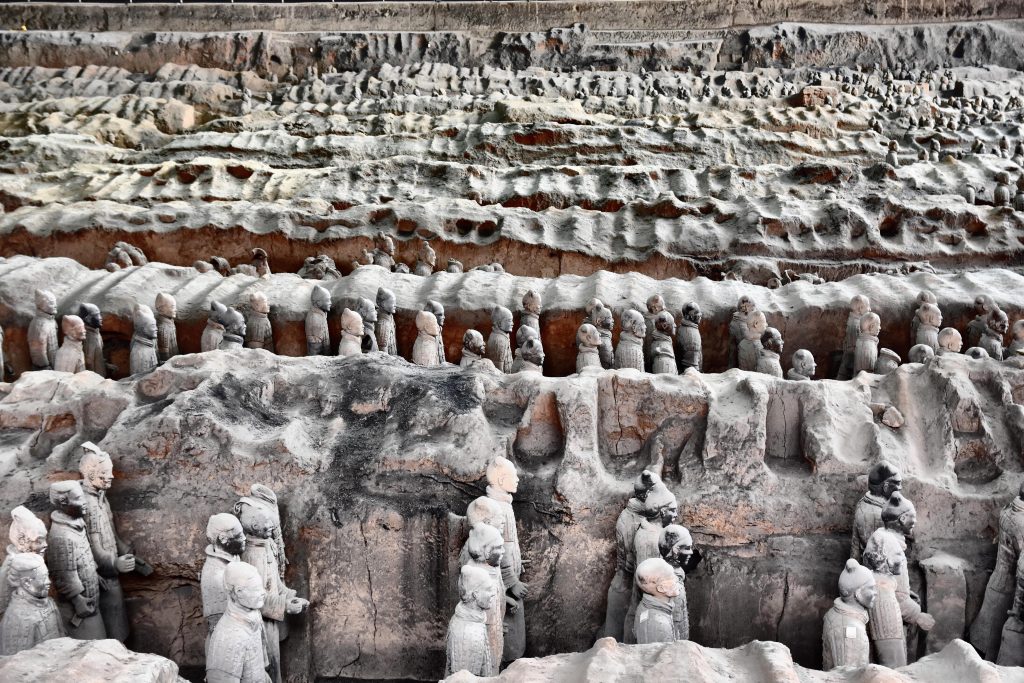
After this short stop we headed to the Terracotta Warriors, passing through the plains around Xi’an to the site about 45 minutes out of the main city. What I noticed the most about this area was the number of high-rise apartment blocks everywhere, with many more being built. Against the back drop of the smog, it felt somewhat like a dystopian future akin to such sci-fi movies as Blade Runner or Judge Dredd.
We finally arrived at the site of the Terracotta Warriors which was very busy, what with it being a Sunday and so we were given audio devices to listen to our guide Susan as we walked around. This was vital to hearing all the information as there were crowds of tour groups and it was very noisy both outside and inside the pavilions. Susan was also an excellent guide, so having the ability to hear her over the crowds was great. It is a long way from the coach parking area to the complex where the Warriors are, so to get there a fleet of golf carts are used to ferry people up. Once arrived at the complex there are 4 areas explored, Pit 1,2,3 and the Bronze Collection.
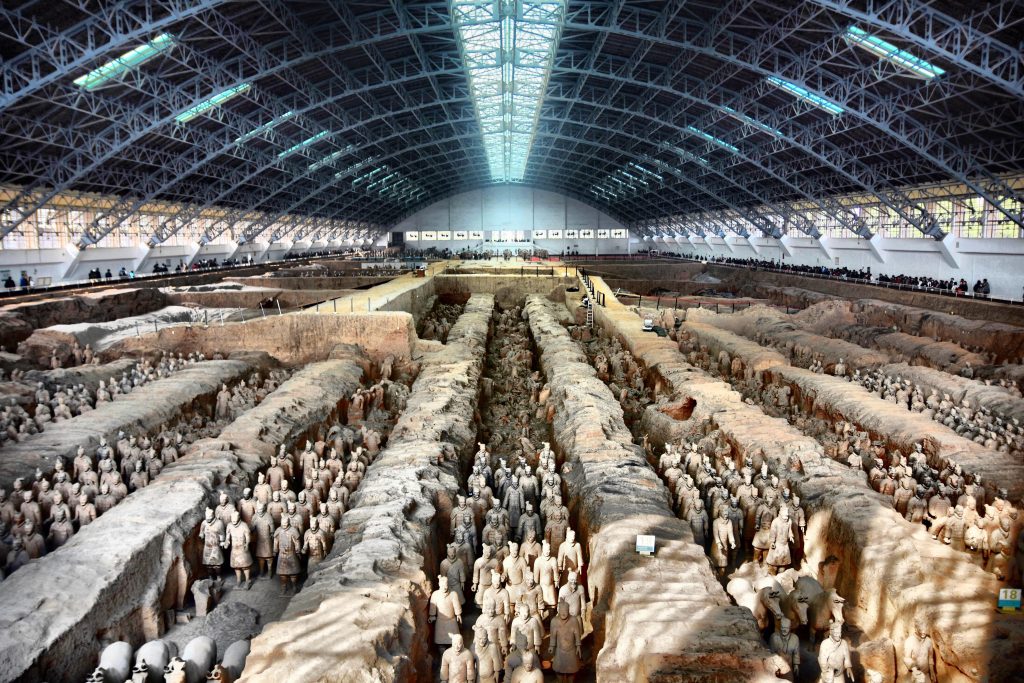
The Terracotta Army was discovered on 29 March 1974 by farmers digging a water well approximately 1.5 kilometres (0.93 mi) east of the Qin Emperor’s tomb mound at Mount Li. The emperor in question was Qin Shi Huang, the first Emperor of China, who was also responsible for a large portion of the Great Wall of China’s construction. The warriors were buried with the emperor in 210-209BCE and across the 3 pits there are estimated to be more than 8,000 soldiers, 130 chariots with 520 horses and 150 cavalry horses. There are still many areas underground that archaeologists believe more figures are buried in, including non military figures and also animals. There was time in the tour to visit the gift shop, which took credit card for purchases as well as Yuan and $USD and we also had lunch in a restaurant onsite, which again like Day 1 was a local Chinese buffet style meal.
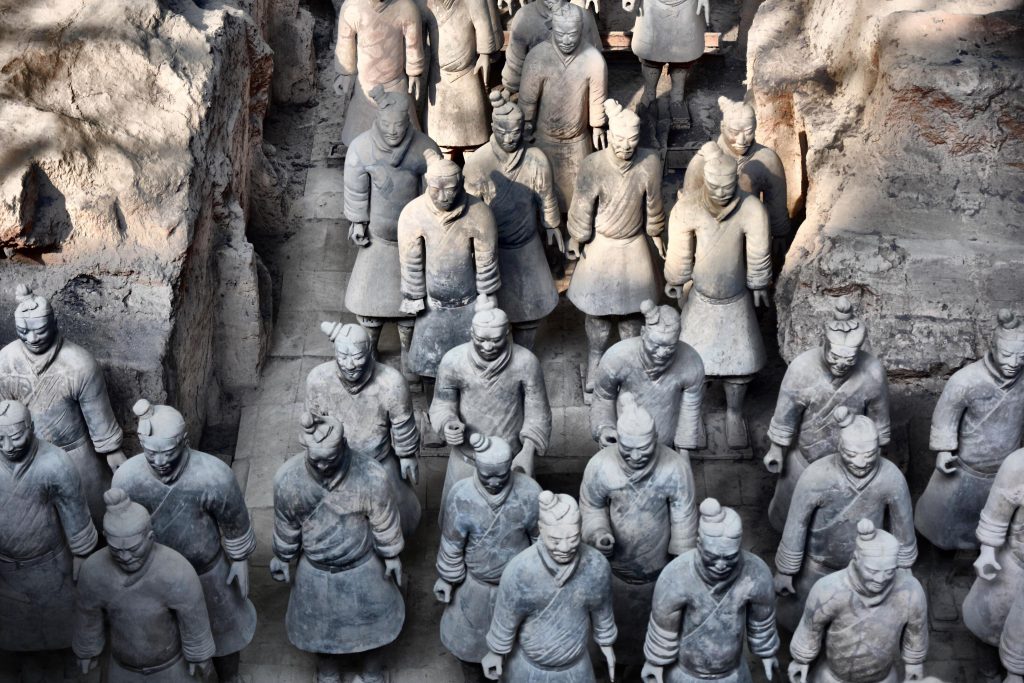
After the tour we boarded a flight to Beijing. Upon landing we were met by another local guide Mr. Lee, who was very friendly and a very experienced guide with over 20 years of guiding in his home city. We transferred to the hotel, another Sheraton with wonderful facilities and a lovely buffet dinner before retiring for the night before our next day’s adventure and one that for most people was the true highlight and main reason for undertaking the trip, The Great Wall of China.
Day 3 – Monday 12thMarch – Great Wall of China and Temple of Heaven
This was another early start but Beijing is the third largest city in China and the capital city, so the traffic is crazy and we did not want to get caught up in it to ensure maximum time at our destination, the Great Wall. The drive to the Wall for us was around 1 hour 15 minutes and it was a cold morning so I was glad I had taken along two jumpers to cover up. Badaling is the site of the most visited section of the Great Wall of China; approximately 80 kilometres (50 mi) northwest of urban Beijing and this was where we would have our experience of visiting and walking in the wall.
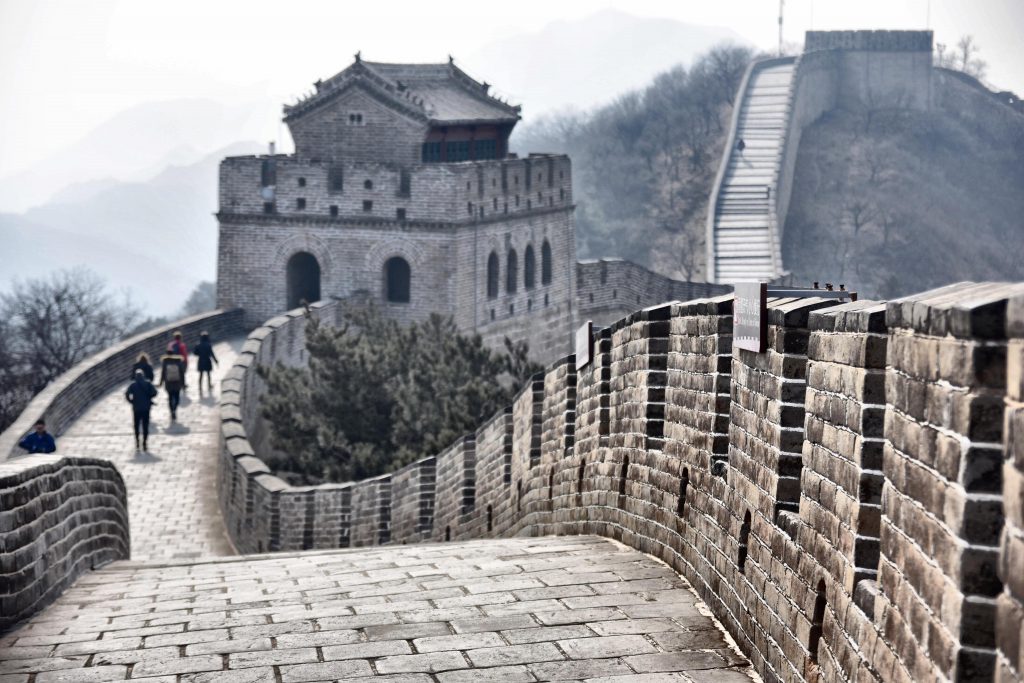
The portion of the wall running through the site was built in 1504 during the Ming Dynasty, along with a military outpost reflecting the location’s strategic importance and open to tourists since restoration works were completed in the 1950s. As a whole the Great Wall of China was started around the 7thcentury BC. Once at the Wall we had almost 2 hours to explore it on our own. There are two routes to take, the Northern and Southern sections. The Wall has handrails to assist people, but it is tough no matter what. I wanted to cover as much ground as possible and get the best vantage points for photographs and perspective, so I made the decision to do all of the Southern Section all the way to the 7thwatchtower and then do a little of the Northern Section. I was not disappointed at all with my choice; as I made my way up the challenging route, the wall snaked away behind me to the north and I could see fully as the morning haze lifted, how far in the distance the wall went. As the Southern section was less busy, I was afforded moments of peace and tranquillity to take it all in and to appreciate how lucky I was to be standing on one of the wonders of the ancient world.
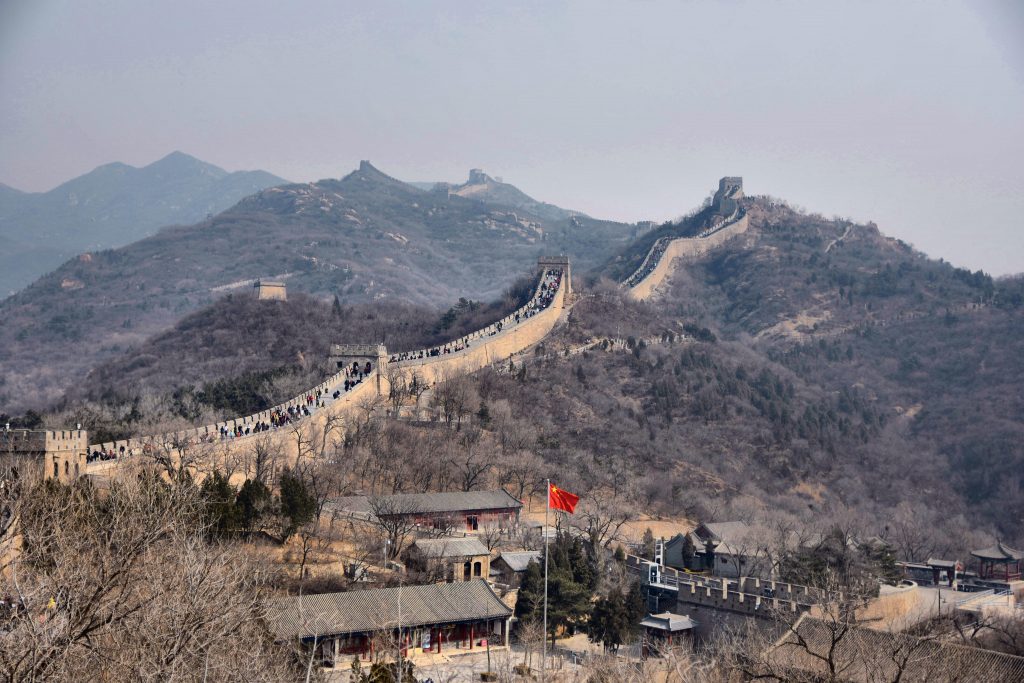
After the visit to the Great Wall we headed for a quick lunch before returning to Beijing to visit The Temple of Heaven. The temple complex was constructed from 1406 to 1420 during the reign of the Yongle Emperor. It is accessed by a long walk through a beautifully carved wooden pagoda. On our walk in we passed by locals playing Chinese checkers and card games, whilst families were out enjoying the mild afternoon in the park surrounding the main temple area. Inside the main complex, we were given an introduction to the buildings by Mr. Lee and then were able to move around freely and head up to the Temple of Good Harvest, the main sight to see. The Hall of Prayer for Good Harvests is a magnificent triple-gabled circular building, 36 meters in diameter and 38 meters tall, built on three levels of marble stone base, where the Emperor prayed for good harvests. The building is completely wooden, with no nails. The original building was burned down by a fire caused by lightning in 1889. The current building was re-built several years after the incident.
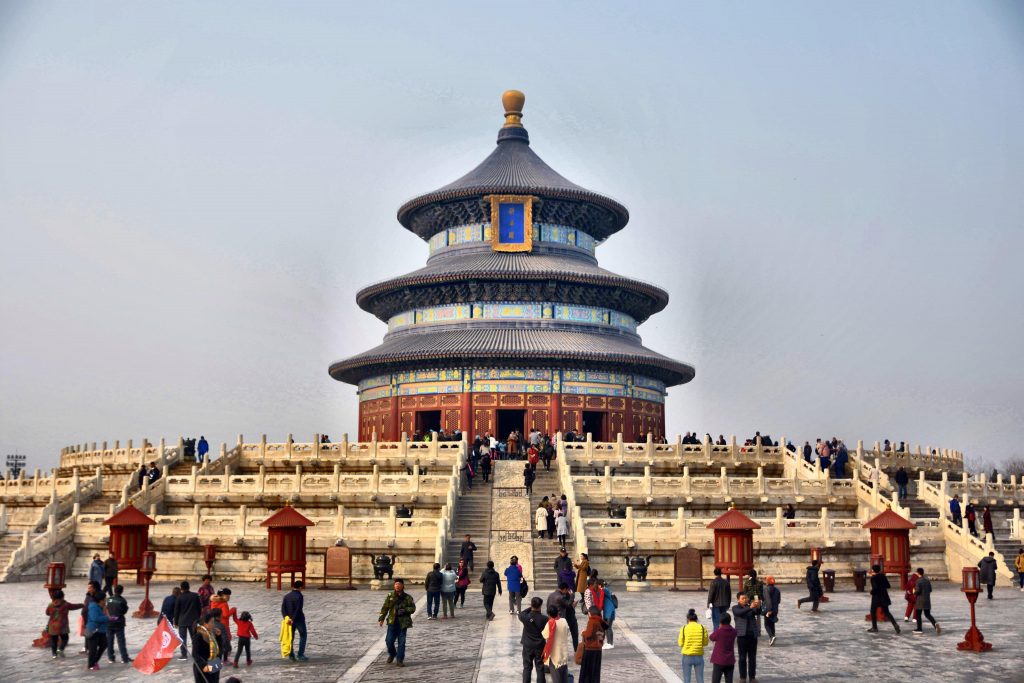
The next stop was at Tiananmen Square, the heart of Beijing. There is a notable security presence here and quite a lot of people around; although as tourists we were able to bypass the ID check for Chinese nationals. It was interesting that lots of locals wanted to take photos and videos of us as we walked through the square with Mr. Lee and I did pose with some people who asked, even though I thought at first they were asking me to take a photo of them. The square contains the Monument to the People’s Heroes, the Great Hall of the People, the National Museum of China, and the Mausoleum of Mao Zedong. It is here that Mao Zedong proclaimed the founding of the People’s Republic of China on October 1, 1949 and his portrait is visible hanging from the entrance to the Forbidden City at the northern end of the square.
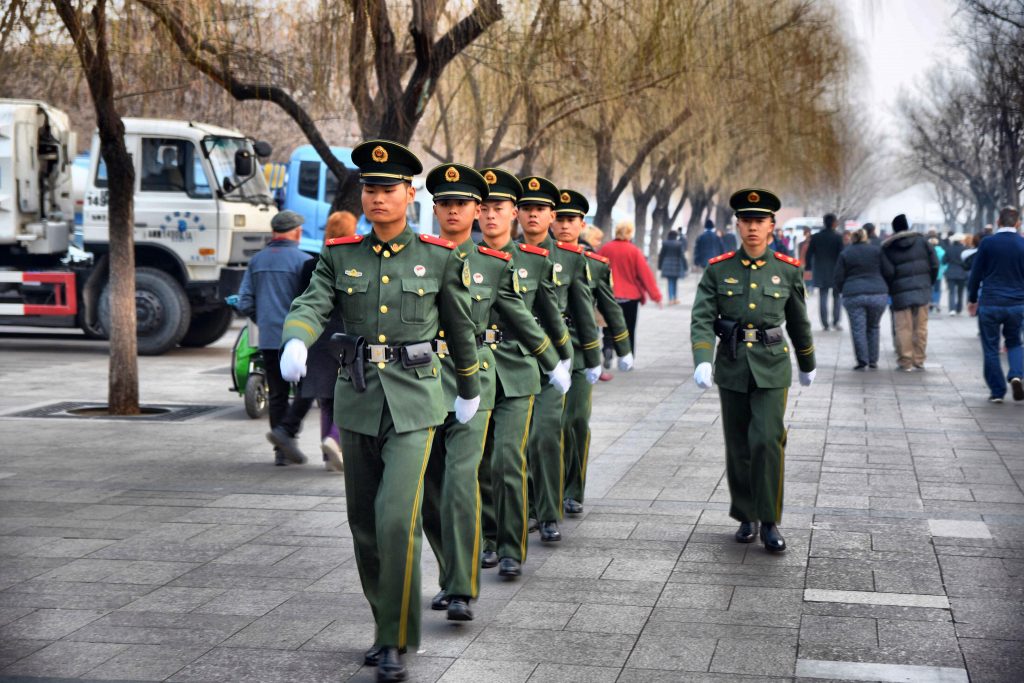
For the evening meal, we were treated to a traditional Peking duck meal. The restaurant was nice and traditional as the oldest Peking duck restaurant in the city and again we were served on large rotating tables. The chefs brought out a duck per table and carved it in front of us before the waitresses showed us all how to create the pancakes. This was a relaxing meal and not rushed, which was well received after the long day and we were all able to reminisce on the amazing experiences we had been treated to in preparation of our final morning in China the next day.
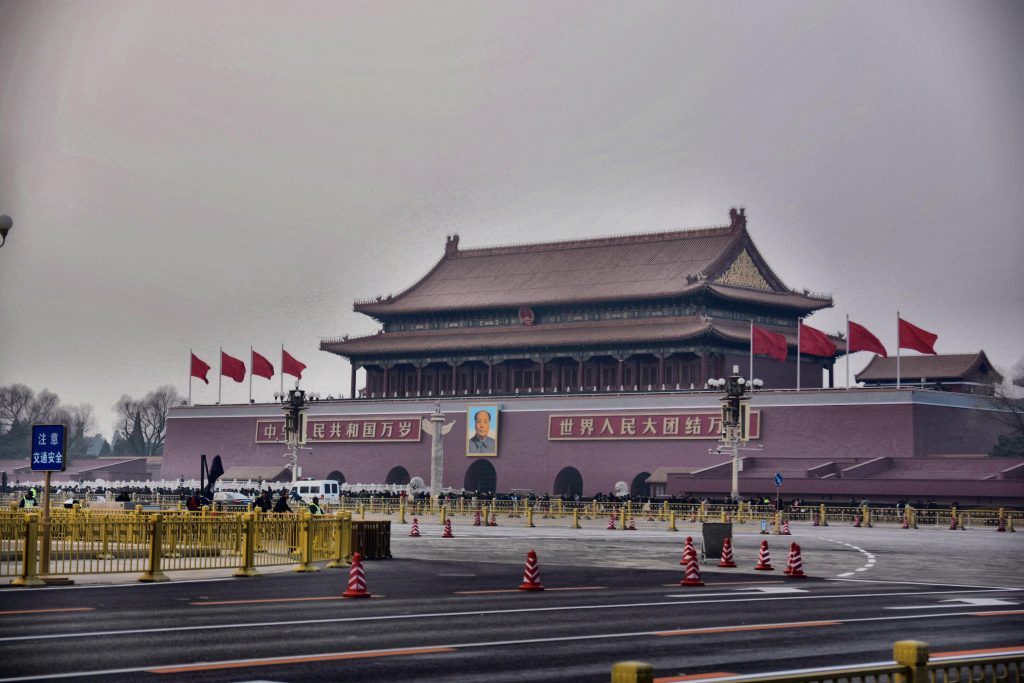
Day 4 – Tuesday 13thMarch – The Forbidden City
Our final day started early in order to get to our final destination at the heart of Beijing, the Forbidden City. The Forbidden City is a vast area, with over 9999 rooms in the complex contained within around 980 buildings on a site of over 180 acres. The Forbidden City was the seat of Imperial Chinese Dragon Throne from the Ming dynasty to the end of the Qing dynasty—the years 1420 to 1912, and now houses the Palace Museum, which tends to be its common local name. It was a great final site to see, although too short I must admit at just less than 1 hour and it would have been nice to have visited more of the pavilions and rooms.
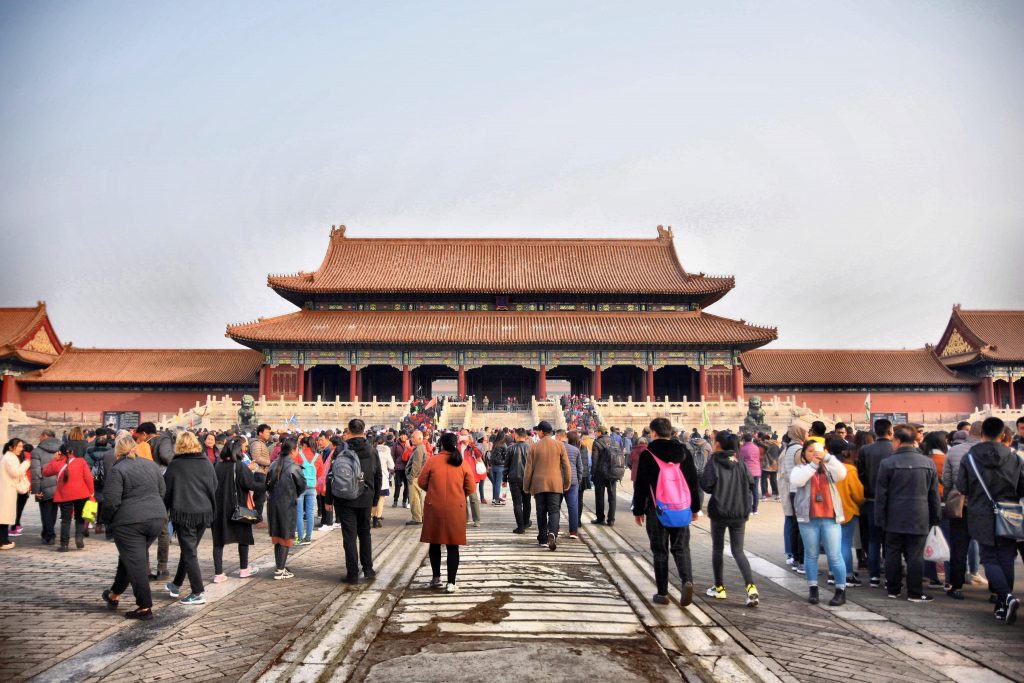
After our short but sweet visit of the Palace, we headed to the international airport for our afternoon flight to rejoin Arcadia in Hong Kong. Everyone was extremely tired, but I know people really had enjoyed the experience and personally I felt so lucky to be given the opportunity. Arriving back to the ship in Hong Kong was nice, especially as we were in time for the famous Symphony of Lights and then had a whole day the next day to enjoy sightseeing there, but the small taste of China really inspired me to want to return and explore more of this vast country and its extraordinary people and history.
If people ever do a world cruise in future, I would definitely recommend checking out what overland options are on offer. Different cruise lines may offer different options; at P&O Cruises this year on Arcadia we had my trip to China, a trip from Vietnam to Cambodia to visit the temple complex of Angkor Wat rejoining in Singapore, and a trip from Goa to visit the Golden Triangle in India with a highlight being visiting the Taj Mahal, before rejoining the ship in Dubai.
Wednesday 14thMarch 2018 – Hong Kong, SAR
Having visited Hong Kong exactly a year ago I was not too disappointed when I woke up to find a wet and miserable day outside. To be fair, this would be the only the second fully grey day of our 99 day journey and in fact the last one we experienced, so it was not really a huge issue. I also had to have an immigration clearance in the morning, so I was not free to explore until just after lunchtime, not enough time when sailing in the early evening for a full exploration of a place I am really fond of.
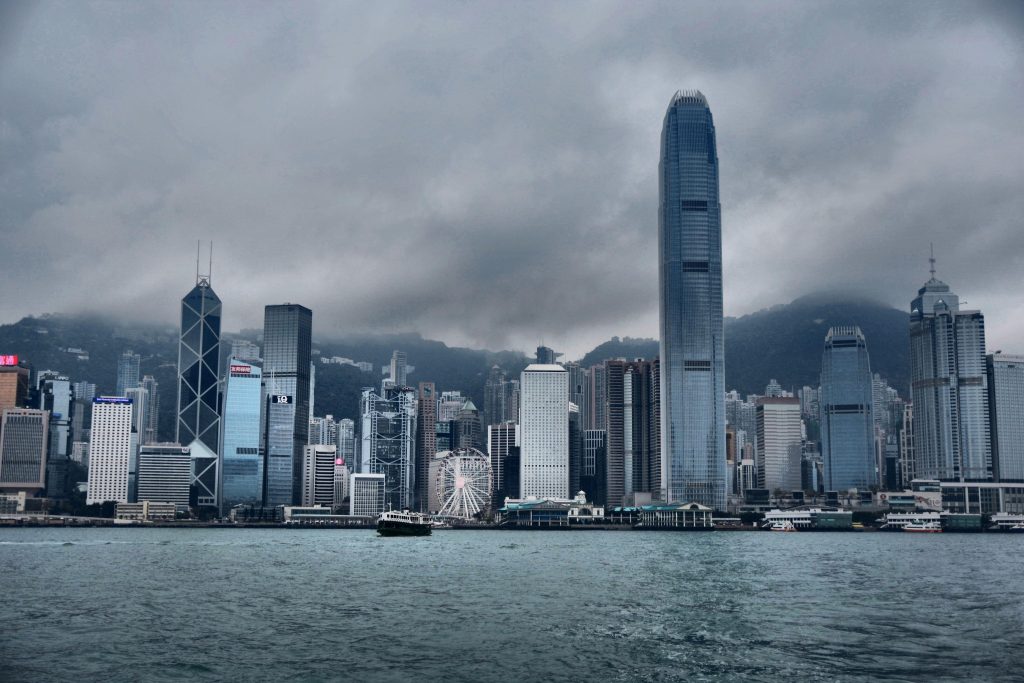
I did have time to take the famous Star Ferry with Grace my girlfriend over to Central, the high-rise area of Hong Kong on Hong Kong Island. The fleet of twelve ferries operates two routes across the harbour, carrying over 70,000 passengers a day, or 26 million a year. It is a very inexpensive way of crossing the Victoria Harbour (only $2.20HK single per person) and affords you a wonderful panorama of the skylines of Kowloon and Hong Kong in a short 10 minute ride. Once at Central we had a wander around the shops at the IFC Mall, which is located at the base of IFC Towers, familiar to fans of several Hollywood movies.
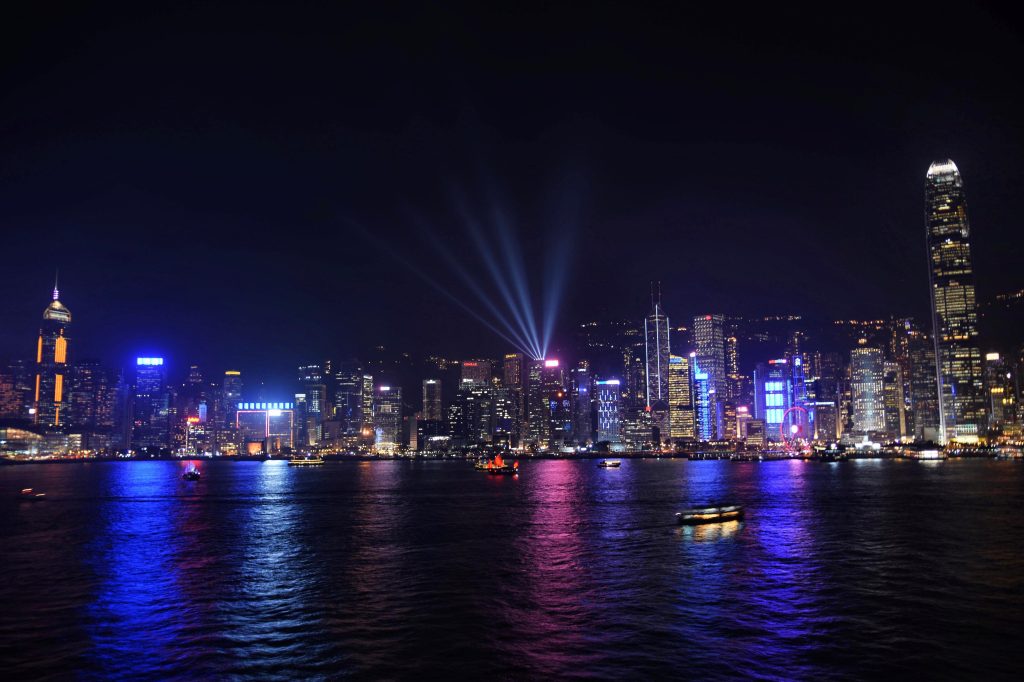
After a look around the shops we headed back over to Kowloon and ventured for my favourite dish in these parts, Dim Sum. Just along the Canton Road as a larger part of the Harbour City shopping complex, which the Ocean Terminal Cruise Pier where Arcadia was docked is part of, the Dim Sum Bar is perfectly located to serve your culinary needs. Traditional dim sum in steamed baskets can be ordered per item and are so delicious and filling, my advice is not to order too many! If there are two of you dining I would definitely just order one dim sum dish each and then perhaps a noodle bowl or rice dish to share, as that will definitely be enough food to eat, before you waddle your way past the shops and back to ship, which is precisely what Grace and I did. I love Hong Kong and despite not being able to see much of it this time, I can highly recommend it to anyone looking to sample the delights of the Far East.
About Sam
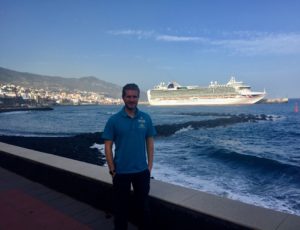 Sam Whiteside grew up by the seaside in Lowestoft, Suffolk but ended up working at sea by chance after a discussion at university with a professor. Having spent his entire ship career in the Shore Excursions department, Sam is currently a Port Presenter with P&O Cruises where he has been for 5 years. He has worked on all the ships in the current fleet.
Sam Whiteside grew up by the seaside in Lowestoft, Suffolk but ended up working at sea by chance after a discussion at university with a professor. Having spent his entire ship career in the Shore Excursions department, Sam is currently a Port Presenter with P&O Cruises where he has been for 5 years. He has worked on all the ships in the current fleet.
Sam loves getting out and exploring all the destinations that he visits on cruises and is always excited to try new things and expand his knowledge of the ports. He has recently invested in a new passion of amateur photography, which is great in his job because he has the perfect material to work with on a daily basis. Sam doesn’t have a favourite destination. He finds they all have something special about them, but destinations he enjoys visiting regularly include the Baltic and the Central Mediterranean.
You can follow Sam’s travels on Instagram at iamsailorsam.
I am pleased to share with you the news that this cruise blog has been selected as a Top 50 Cruise Blog by the website Feedspot.
Follow me on social media

